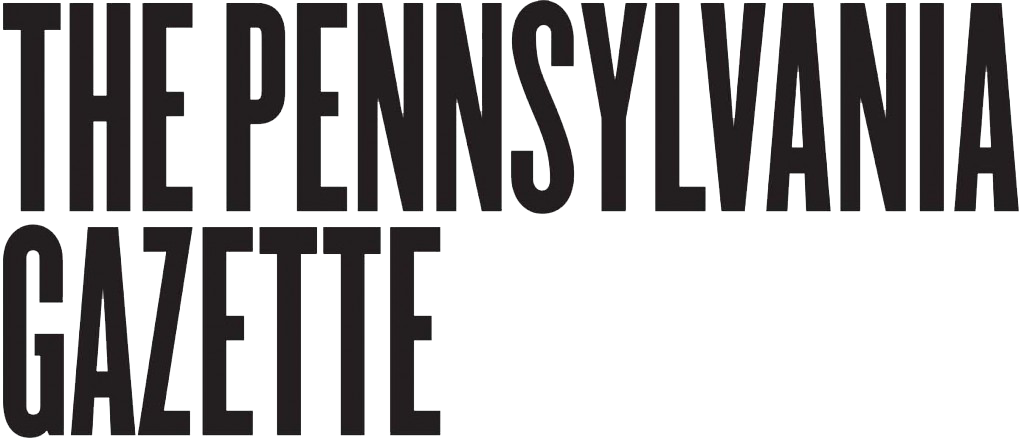A new center brings all Penn’s resources to bear on terror and other threats.
By Judith Rodin
In the wake of 9/11, my colleagues and I were asking: “What can we contribute in this time of national emergency?” Threats of terrorism, bioterrorism, and cyberterrorism were no longer unthinkable, and we needed to ask some hard questions of ourselves:
How can a university creatively deploy its competitive advantage in knowledge for the service of our citizens in a time of crisis?
How can a university like Penn dissolve the boundaries among individual disciplines and integrate its leading-edge research efforts across 12 schools to create a holistic approach to new problems and asymmetric threats?
How can Penn help our students, alumni, and fellow citizens think through the consequences and implications of these tragic events?
The answers to these questions led us to create the Institute for Strategic Threat Analysis and Response. Launched this past October, I*STAR represents a major paradigm shift in the way universities generate and apply interdisciplinary research, policy development, professional training, and public education about new, asymmetric threats.
Because the new threats and challenges posed by terrorism cut too deeply across all disciplines to be addressed within the context of any one field, I*STAR unifies every department and school of the University, allowing scholars, researchers, and students to work more collaboratively than ever before.
Under the direction of Dr. Harvey Rubin, professor of medicine, microbiology, and computer science, the scope of I*STAR’s work is immense:
• Our computer scientists are contributing to the national debate over cyber-security and advising a White House task force on developing new strategies to protect the Internet and America’s electronic infrastructure.
• Our physicians and biologists are helping the City of Philadelphia and the Commonwealth of Pennsylvania develop emergency plans for both hospital and community responses to incidents of bio-terrorism and to virulent new diseases and epidemics.
• Our veterinarians are working on ways to protect food and livestock from both intentional and unintentional contamination.
• Through new geographic information systems, our environmental scientists are using space-based imaging and remote sensing technologies to detect, measure, and analyze emerging threats with unimaginable speed and precision.
• Scholars from the Fels Center for Government, the Annenberg Public Policy Center, the Wharton School, the Law School, and the Annenberg School for Communication are analyzing issues of privacy and civil liberties, evaluating offender profiling, and educating leaders and citizens alike about something most of us know very little about: how to accurately assess the unprecedented new risks we face.
• Through the Solomon Asch Center for the Study of Ethno-political Conflict, our experts in psychology, international relations, politics, history, culture, and religion are helping government, business, and especially, the media to understand the origins and multiple dimensions of the conflicts that threaten us.
While much of this work preceded 9/11, I*STAR is structured to capture Penn’s intellectual synergies and contribute vital assessments of threats—both intentional and unintentional—at the local, national, and international levels.
Indeed, I*STAR is already setting the standard for groundbreaking analyses. A November conference initiated by Penn and funded by the Annenberg Foundation Trust at Sunnylands focused on Veterinary Medicine’s role both in protecting the nation’s livestock and food supplies against epidemics and attacks, and in strengthening surveillance systems and strategies to detect suspicious and naturally occurring outbreaks of disease among animals and humans.
The HomeFront Greater Philadelphia Conference in November featured the release of I*STAR faculty member Mark Alan Hughes’ report outlining a regional preparedness strategy for responding to biological or chemical attacks (or accidents). Entitled “Don’t Hold Your Breath,” the report, which can be downloaded from the Institute’s Web site (http://www.seas .upenn.edu/~istar/) is an excellent execution and demonstration of the interdisciplinary approach.
To encourage more faculty collaboration and innovation, I*STAR recently launched a pilot program that will award grants up to $25,000 to multidisciplinary faculty teams for research projects that focus on terrorist threats.
From excavating gargantuan dinosaur skeletons to developing the first digital computer to improving early detection of cancer, Penn researchers historically have boldly extended the frontiers of knowledge to improve our lives and deepen our understanding of the world in which we live. Moreover, the Penn community has never retreated to the ivory towers in times of crisis. To the contrary, we try to make a difference on the front lines by fusing theory and practice in service to society. In the mid-1990s, we formed the Penn National Commission on Society, Culture and Community as a response to the perceived crisis of incivility and political polarization sweeping across the land.
I*STAR represents a highly innovative and promising response to the uncertain and perilous times in which we live. As we all ponder unnerving scenarios while wrestling with the legal, ethical, social, psychological, and political dilemmas in a post- 9/11 world, we will look more and more to the groundbreaking work of I*STAR for guidance and enlightenment.

